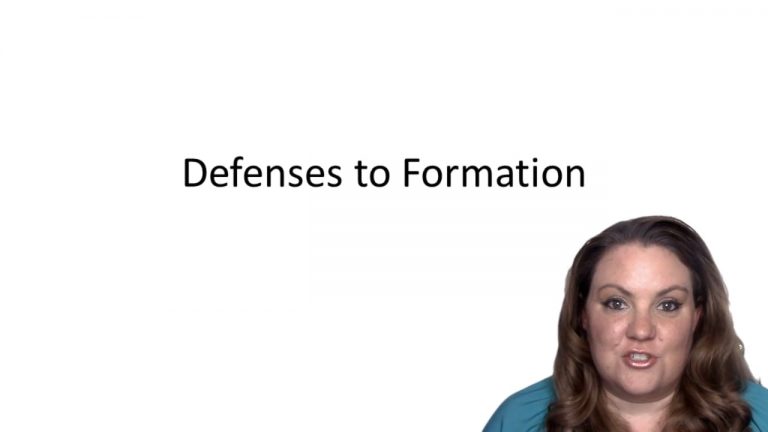Contracts Keyed to Knapp
Odorizzi v. Bloomfield School District

ProfessorMelissa A. Hale
CaseCast™ – "What you need to know"
Facts
On June 11, 1964, Plaintiff was arrested and charged on the basis criminal homosexual activity. On June 13, Plaintiff submitted his resignation as a school teacher. Plaintiff alleged that he was coerced to submit a resignation by the principal of his school and the district superintendent after both individuals visited Plaintiff at his home following Plaintiff’s arrest. Plaintiff alleged that while visiting his home, the principal and district superintendent threatened to suspend, publicly humiliate, and embarrass Plaintiff unless Plaintiff resigned, and that they told Plaintiff he had no time to speak with an attorney and that his chances of ever teaching again would be ruined if he did not resign. Plaintiff alleged that he was under severe mental and emotional pain, and that at the time he submitted his resignation he had been awake for over forty hours as a result of being arrested, questioned and detained by state police. Plaintiff’s charges were subsequently dropped and h e then sought to rescind his resignation. The trial court dismissed plaintiff’s complaint on demurrer.
Only StudyBuddy Pro offers the complete Case Brief Anatomy*
Access the most important case brief elements for optimal case understanding.
*Case Brief Anatomy includes: Brief Prologue, Complete Case Brief, Brief Epilogue
- The Brief Prologue provides necessary case brief introductory information and includes:
Topic:
Identifies the topic of law and where this case fits within your course outline.Parties:
Identifies the cast of characters involved in the case.Procedural Posture & History:
Shares the case history with how lower courts have ruled on the matter.Case Key Terms, Acts, Doctrines, etc.:
A case specific Legal Term Dictionary.Case Doctrines, Acts, Statutes, Amendments and Treatises:
Identifies and Defines Legal Authority used in this case.
- The Case Brief is the complete case summarized and authored in the traditional Law School I.R.A.C. format. The Pro case brief includes:
Brief Facts:
A Synopsis of the Facts of the case.Rule of Law:
Identifies the Legal Principle the Court used in deciding the case.Facts:
What are the factual circumstances that gave rise to the civil or criminal case? What is the relationship of the Parties that are involved in the case.Issue(s):
Lists the Questions of Law that are raised by the Facts of the case.Holding:
Shares the Court's answer to the legal questions raised in the issue.Concurring / Dissenting Opinions:
Includes valuable concurring or dissenting opinions and their key points.Reasoning and Analysis:
Identifies the chain of argument(s) which led the judges to rule as they did.
- The Brief Prologue closes the case brief with important forward-looking discussion and includes:
Policy:
Identifies the Policy if any that has been established by the case.Court Direction:
Shares where the Court went from here for this case.
Topic Resources

 6m 28s
6m 28s